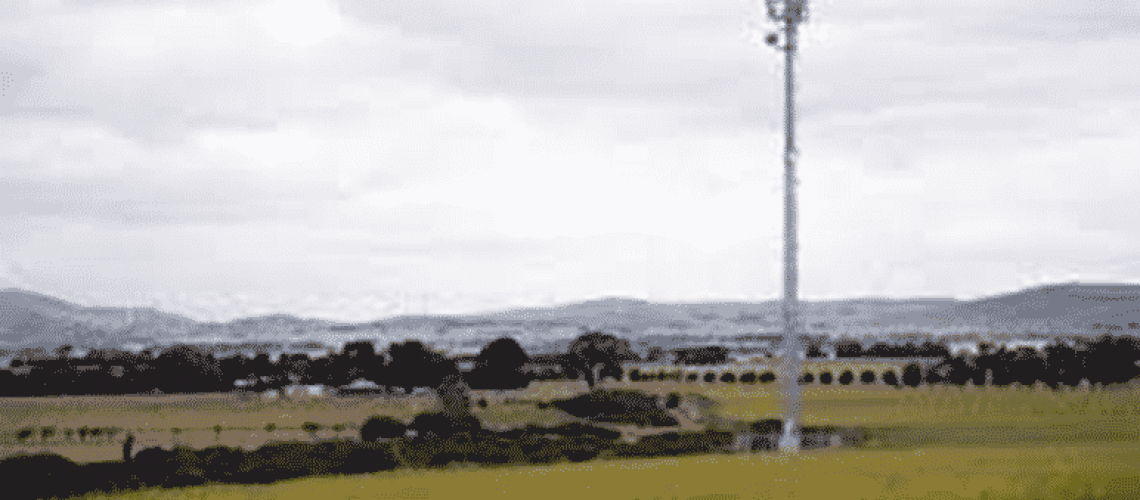There is no lack of economic modelling that maps out the potential for digital agriculture to increase the gross value of Australian farm production, with some trails showing potential productivity improvements as high as 25%.
With these sorts of numbers, it’s no surprise the early adopters are keen to access the latest technology, but many farmers are being held back because of the lack of mobile digital coverage, reliability and speed.
Australia needs more than GPS coverage and 4G to the farmhouse to fully assess the potential of new ag tech, we need 4G to 95% of the farm if we have any hope of keeping up with the likes of the Dutch as they move to close off gaps in their 5G network to ensure they can fully utilise the potential of precisions farming – a network that has a reach of just 500m.
When government is confronted with complaints from farmers, they are constantly told about the impending roll out of the latest mobile black spots program and that more funding is on its way.
But a review of past rounds shows that since 2015 the federal government has spent just $360m to kick start the building of 1229 base stations at a total cost with private sector involvement of $836m, which equates to $680,000 a base station.
The latest announcement of an additional $160m to fund future rounds sounds promising until you work it out it would fully fund just 235 stations maybe enough to cover 90% of the gaps in the South Australian or Western Australia’s grain belt.
At a national strategic level, there is no centralised knowledge of mobile network data carrying capacity by location. Without such basic information on data use and capacity, how can connectivity for Australian producers be future proofed?
Regional surveys show that mobile coverage across the entire farm is still commonly reported to be poor with too many of the existing towers operate on 3G which lacks the data carrying capacity of 4G.
We know that the current network is based around towns and roads which are often situated at the bottom of the hill having been established in the horse and card days.
An analysis of farm boundaries to mobile network infrastructure found that 66.4% of farms have infrastructure within 10km, 95.8% within 30km and 98.4% within 50km but as we all know proximity to telecommunications infrastructure does not guarantee access.
In addition to 90% coverage of 4 G across the entire grain belt we need 5G stations which has a range of just 500m in country towns to cover machinery dealerships, grain receival points, sale yards and meat and grain processing facilities
But before the government spends another dollar agriculture needs a independent organisation such as GRDC to undertake a comprehensive review of existing mobile coverage – a simple app on every farmers mobile to track the coverage around the paddock to clarify which paddock has what level of data coverage and speed.
Then we need the government to go hard and fast and fix the coverage problem. The best estimate is the we need around a billion dollars today to double the number of regional towers across the grain belt which would lift coverage closer to the holy grail of 95% 4G coverage of our boardacre farm lands.
But even if the federal government stumped up the funds they would struggle to find telcos to provide even 50:50 matching funding as they are finding it increasingly difficult to entice telecommunications carriers to invest in towers in places like Moree, Merredin or Mount Hope.
These are the marginal grain growing regions of big farms few people that are increasingly seen as marginal business propositions for the telcos as reflected in the fact that Round 5 failed to be fully subscribed.
This is a major cause for concern issue for regional Australia which few of our policy makers or political commentators have picked up on.
In a country that had a total federal budget in 2019-20 of $505 billion and has spent $51 billion on the NBN over the past decade it is staggering that we have only managed to allocate $500m to improve regional mobile coverage.
This failure is caused by a political focus that has targeted the vast majority of NBN funding on building a network capable of providing metropolitan residents with high definition Netflicks to the living room while the farms have been left communicating with the back paddock via CB radios.
As a result the industry can forget being about fully utilising the potential of precision agriculture.
If the federal government fails to come good on addressing the 4 G gaps problem then the industry should partner with their respective state governments to cover the cost.
It would be an interesting discussion to see if the state governments were prepared to step up with the their respective state grains grower and jointly underwrite a 4/5G network expansion with the ownership of the towers remaining with the growers under a cooperative structure. In Western Australia $200m to build 300 towers could be a cheap investment for a $5 billion dollar industry.











